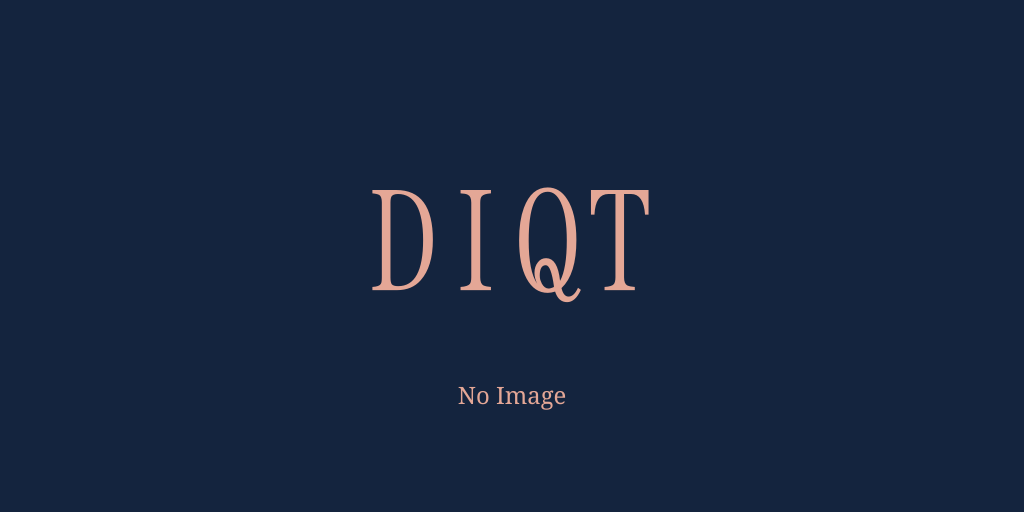検索結果- 日本語 - 英語
響
echo, resonance, reverberate / sound
みる
見る: to see / 看る: to look after, take care of / 観る: to view (flowers, a movie) / 視る: to see (an area struck by a disaster) / 診る: to examine (medical) / 回る: to turn, revolve / 廻る: to turn, revolve
み
The hiragana syllable み (mi). Its equivalent in katakana is ミ (mi). It is the thirty-second syllable in the gojūon order; its position is ま行い段 (ma-gyō i-dan, “row ma, section i”).
み
味: (after an i-adjective stem) -ness; used for "quality" of being, as opposed to suffix さ (sa), also translated as -ness, used for "degree" of being
み
(after verbs with opposite meanings in the ren'yōkei continuative or -zu negative continuative) indicates alternation of action or state, equivalent to the modern expression …たり…たり (…tari …tari)





